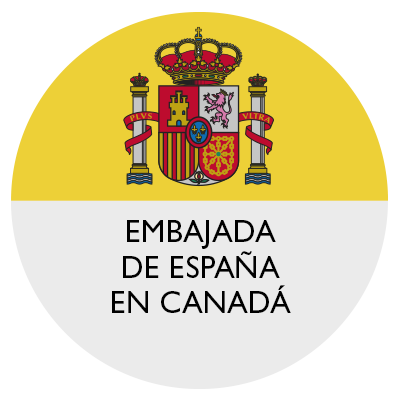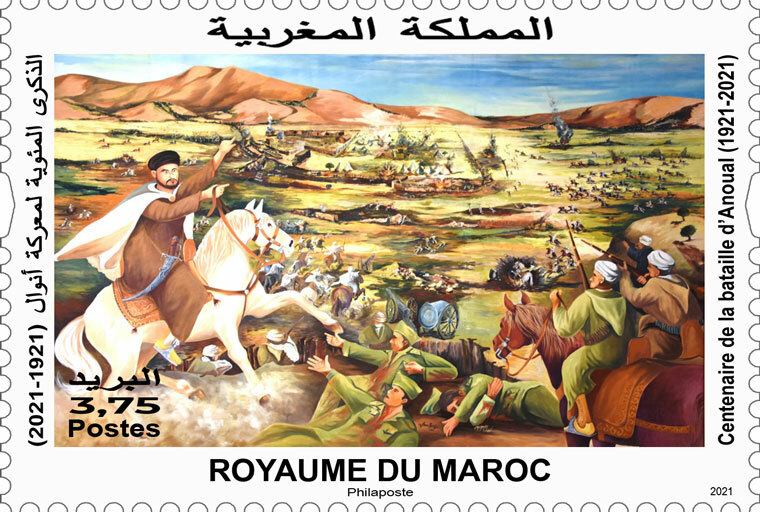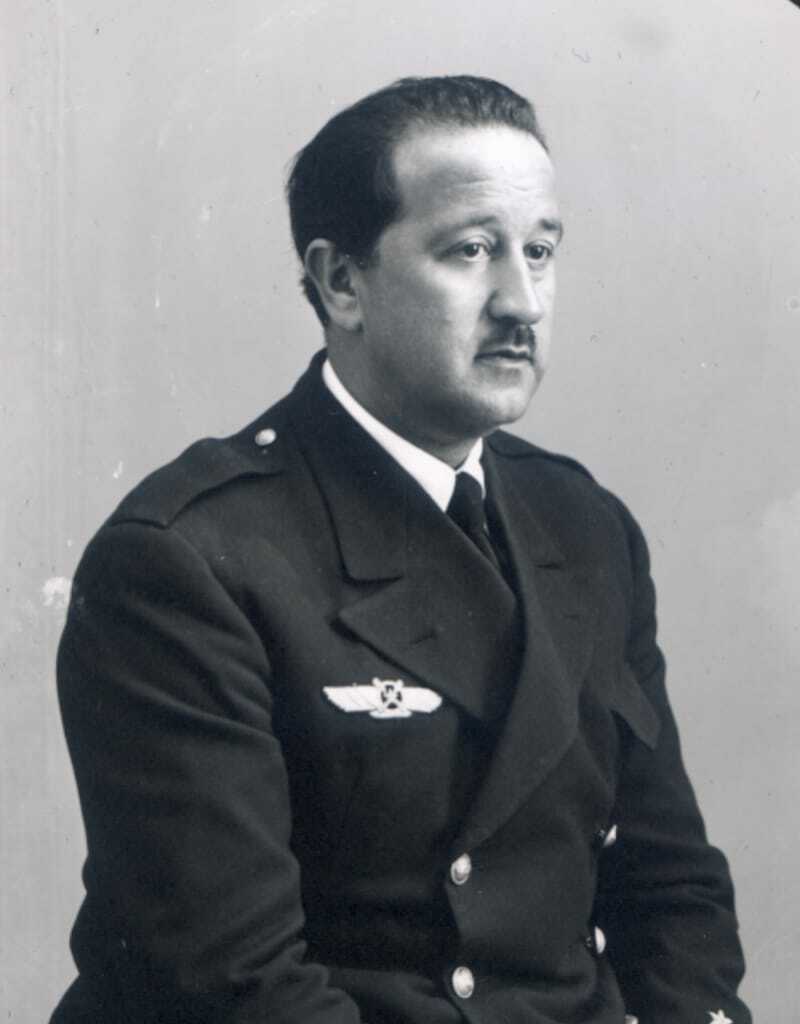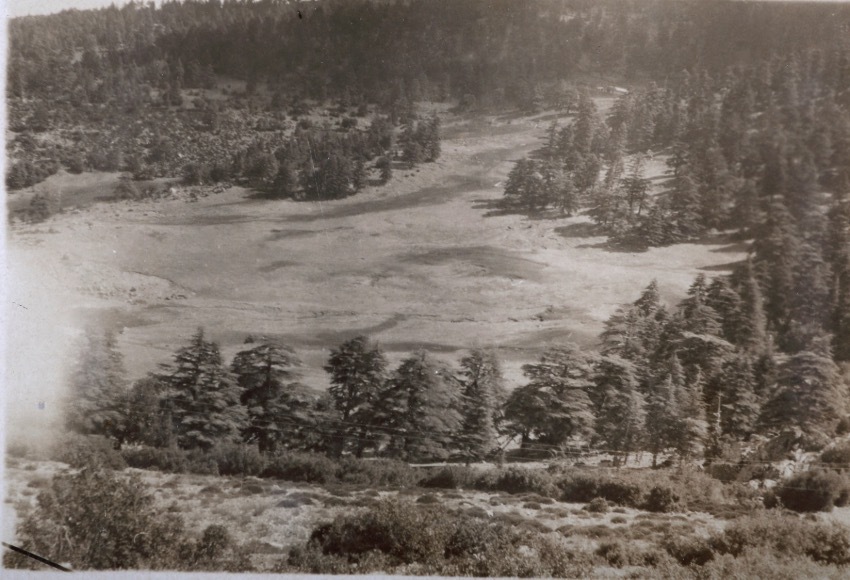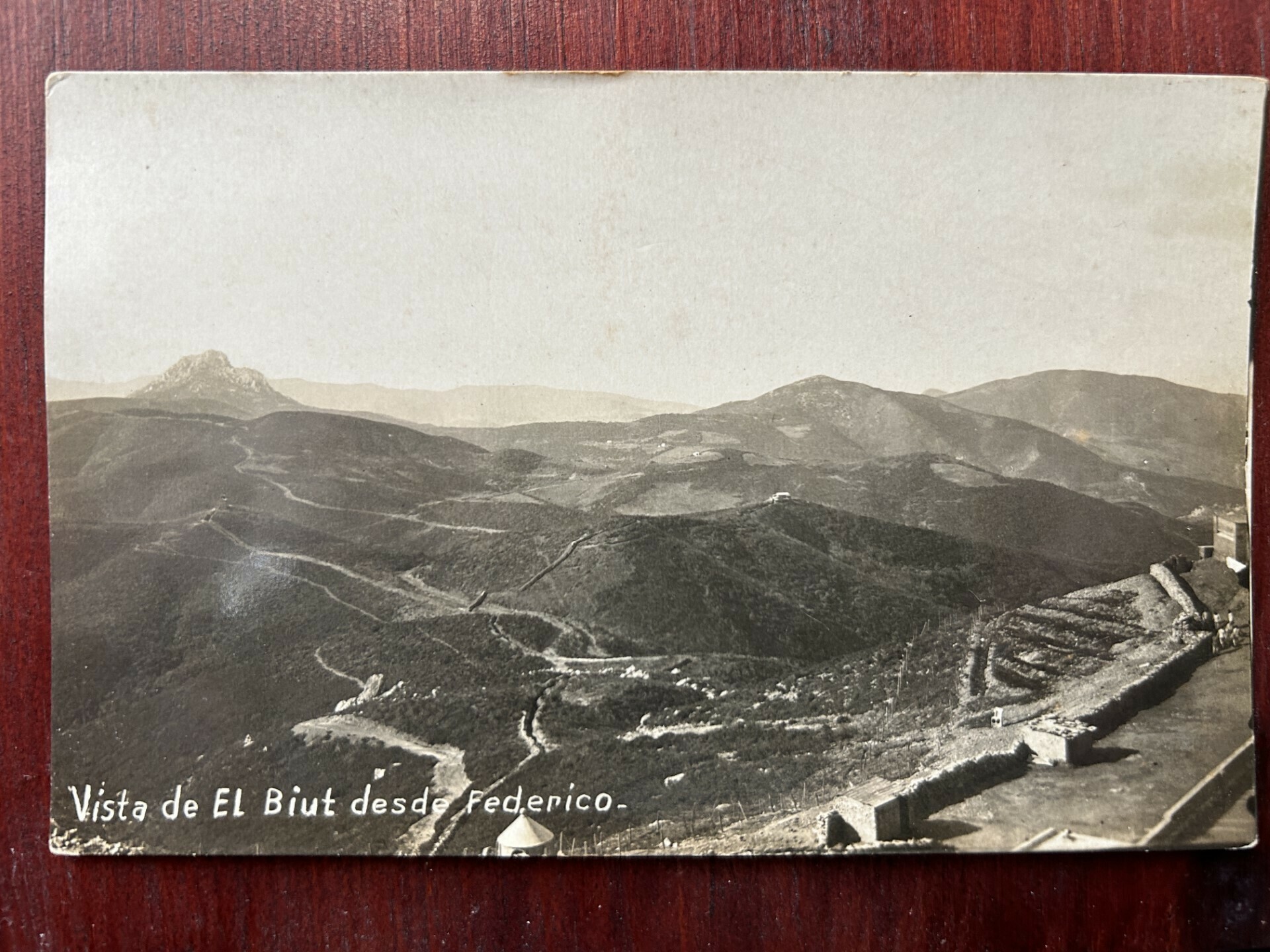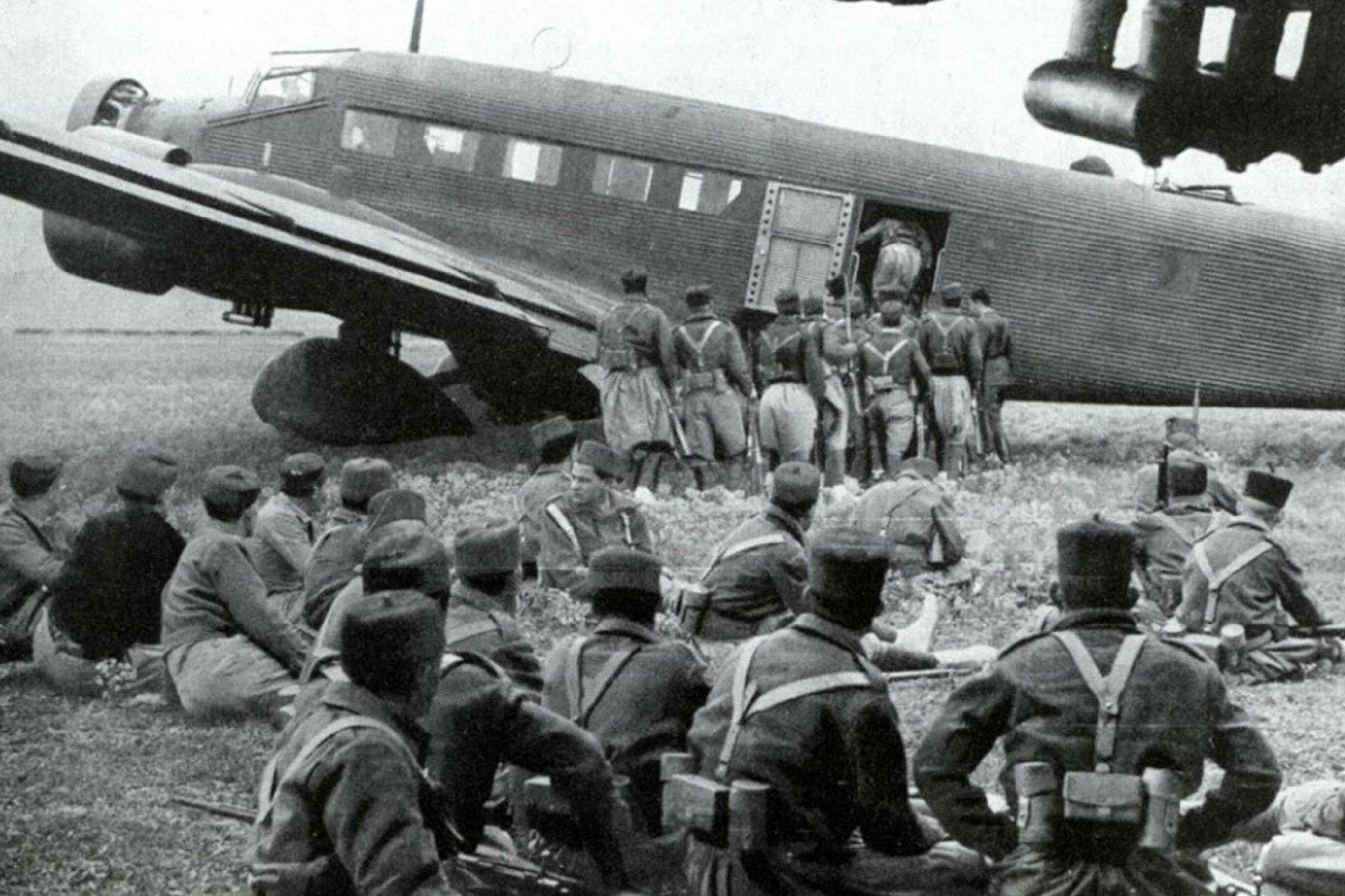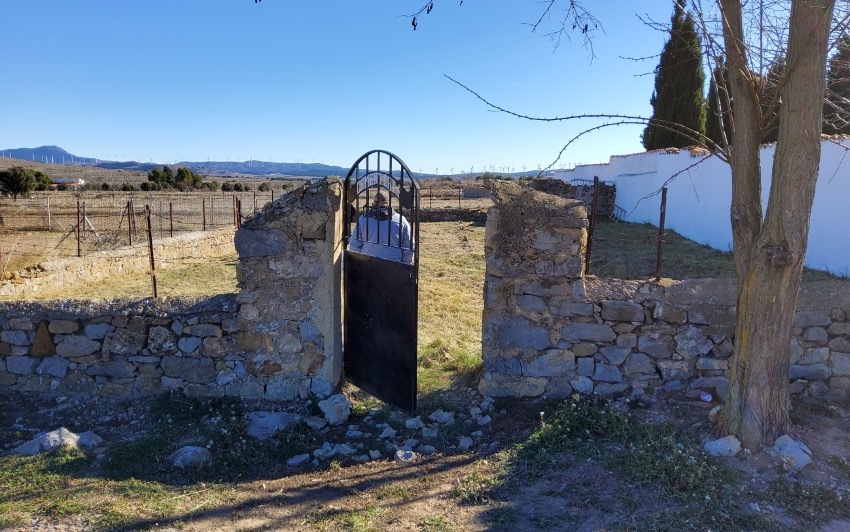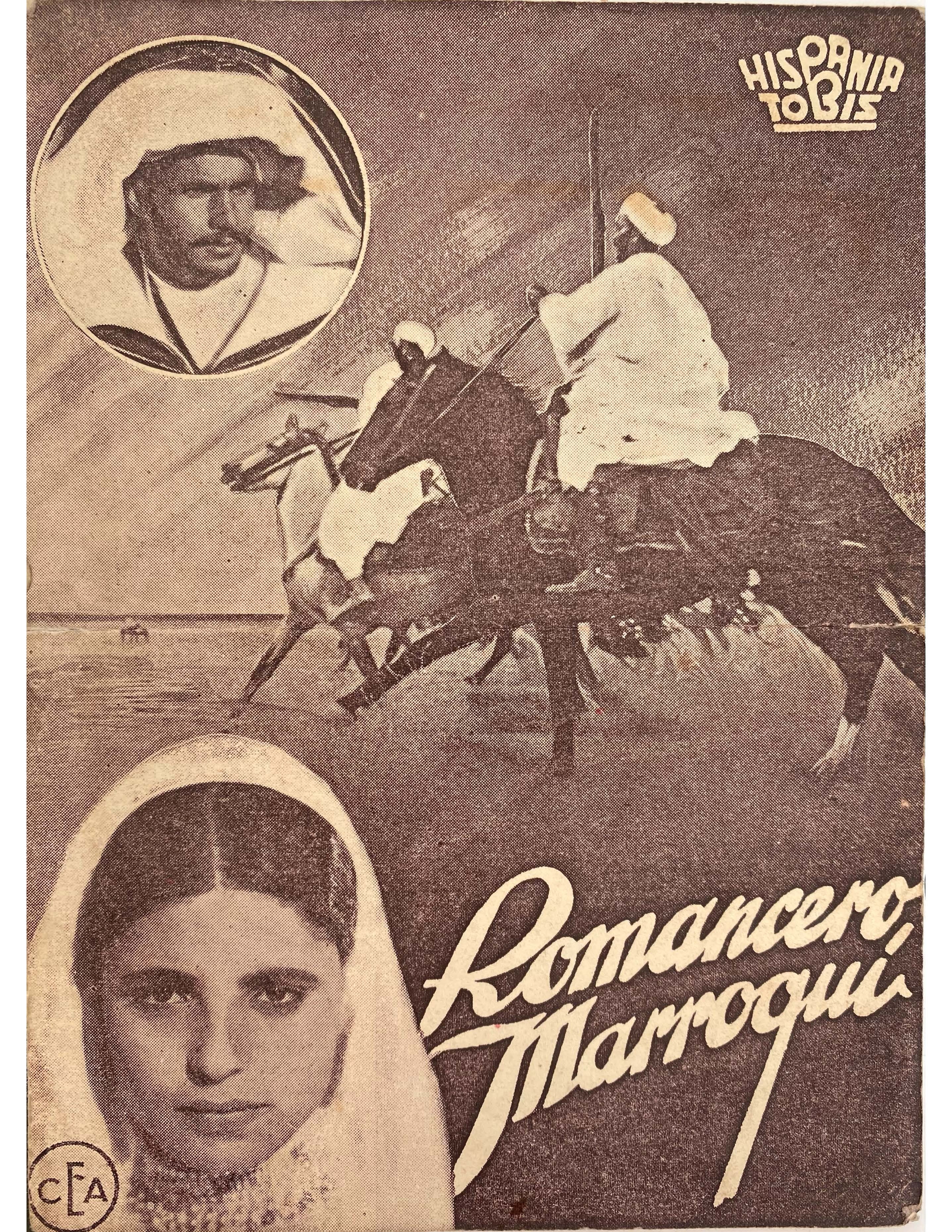Since 1912, Morocco had been divided into French and Spanish zones of occupation. Spain received the Rif and the Yebala in the north. It was a very poor región with a long warrior tradition, which made it an excellent source of mercenaries. In 1936, thousands of Moroccans served in military units called the Regulares and in the Indigenous police. Along with the Spanish Foreign Legion and other units composed of Spaniards, these were the best trained parts of the Spanish army. This is why the military conspirators, the largest number of whom were in Morocco, gave them the key role of undertaking the conquest of mainland Spain, and especially Madrid, which they assumed would remain under government control.
This mission became even more important after the rebel troops in northern Spain commanded by General Emilio Mola failed to capture Madrid at the end of July. It now fell to the armies of the south commanded by General Francisco Franco to take the leading role. However, when Franco’s attack on Madrid from the west in November failed, the rebels’ optimistic expectations collapsed.
The war turned out to be a long one, and both armies did whatever they could to recruit as many men as possible. By then, thousands of Moroccans had volunteered for the Regulares, and their reputation for fierceness had spread across Spain, especially after their march through Andalucía, Extremadura, and New Castile between July and October 1936. The exact number of these mercenaries is not known, but it was between 60,000 and 80,000. What is known is that their casualties were extremely high, around 30,000 were either killed or wounded. The Moroccan soldiers were eventually put into what was called the Moroccan Army Corps which, under the command of General Juan Yagüe, took part in all the most important battles of the war from the beginning of 1938 on.




